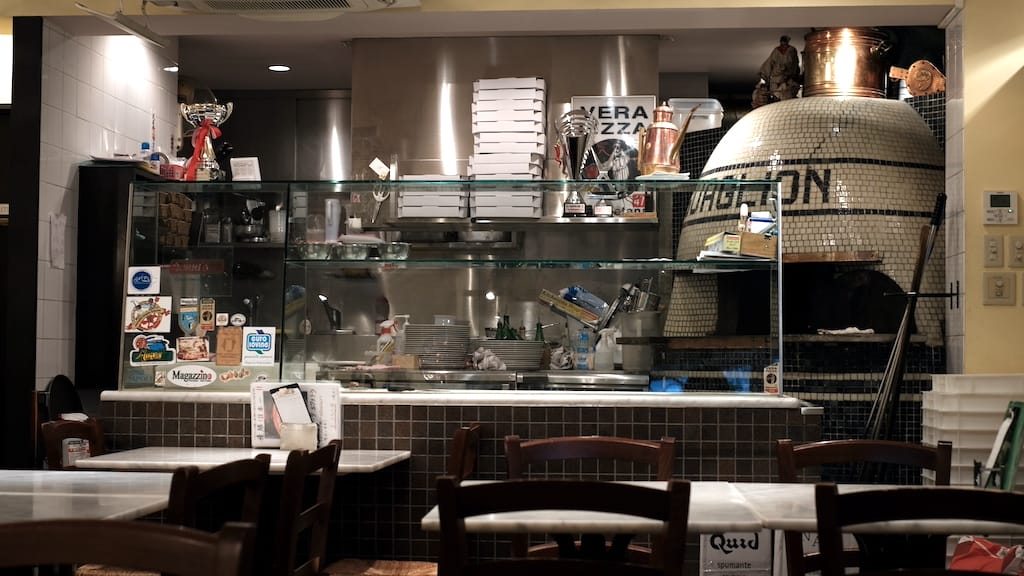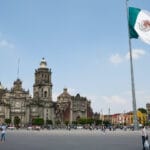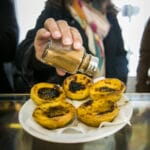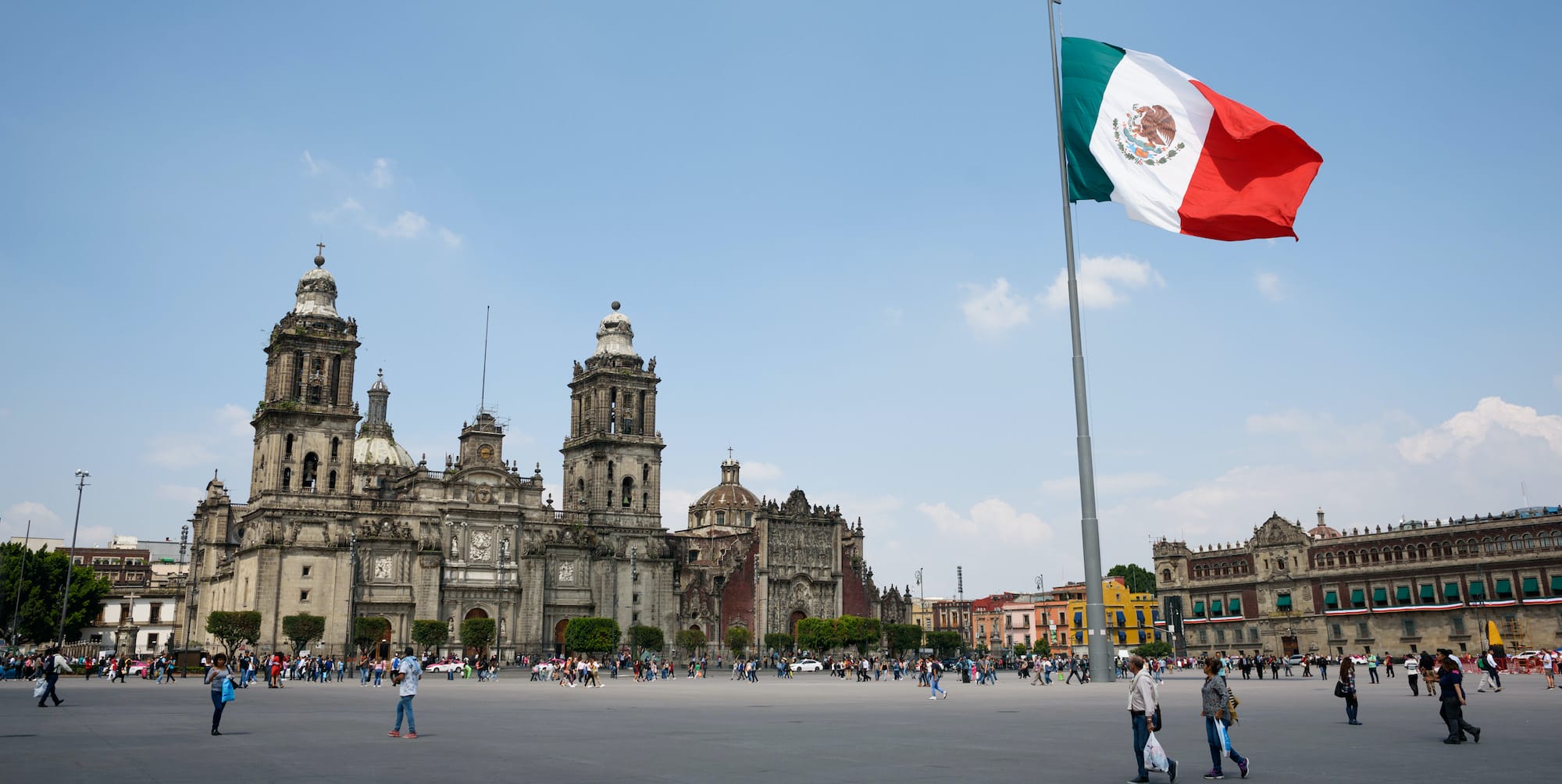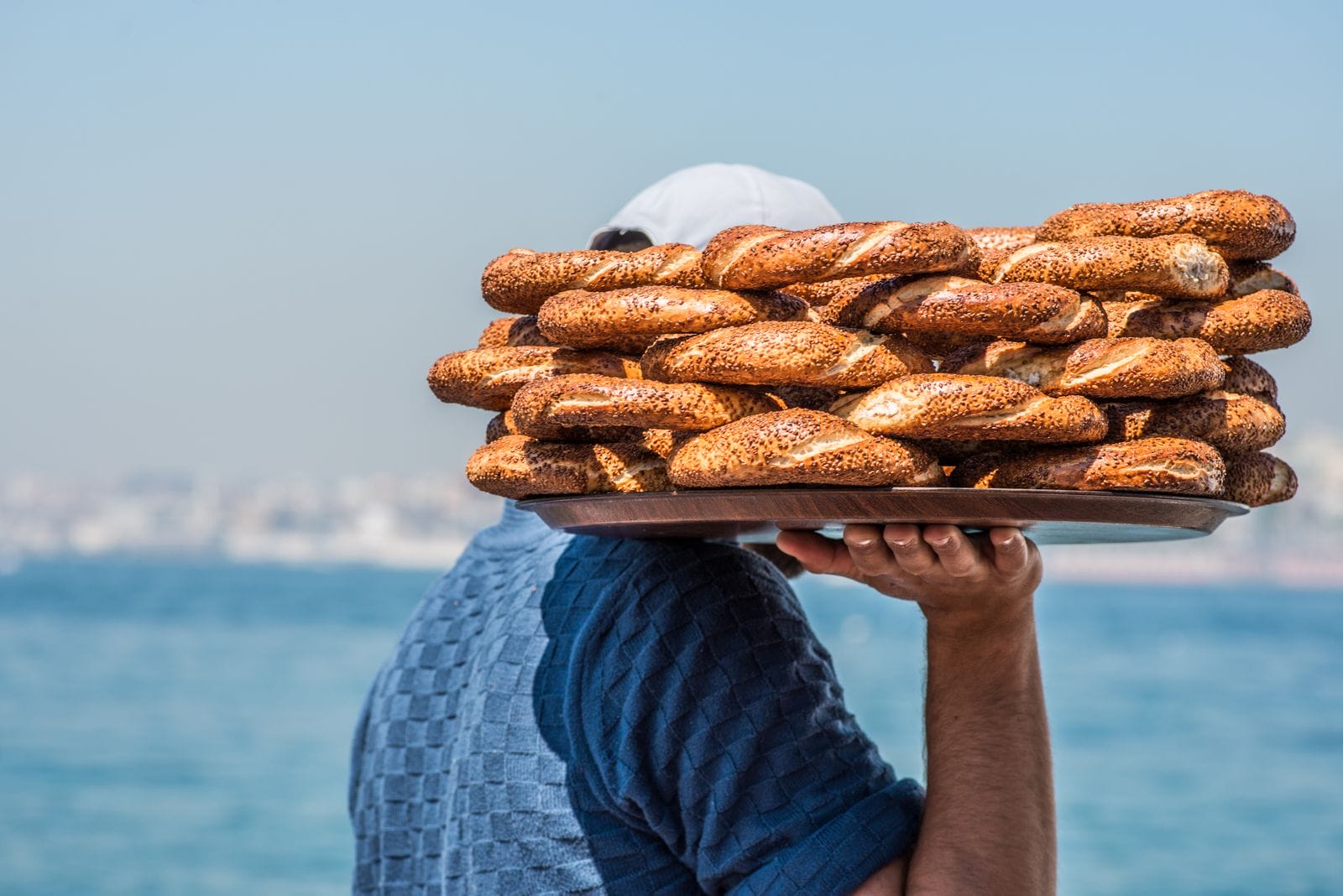Tomoyuki Kohno seems like someone who would rather be making pizza than talking about pizza. He speaks slowly, probing the words as they emerge from his mouth as though he’s hand-writing them down; we struggle to hear him over the background music. Our conversation is pregnant with pauses.
We’re at Pizzeria GG, a cozy basement-level pizzeria in the backstreets of Kichijoji near Inokashira Park. Today’s ominous skies meant that the lunch service was relatively quiet for a Friday, but the restaurant was still full of customers, right until the pizza oven went dark at a quarter to three. It’s nice to know you can get a pizza at half past two – lunch options in Tokyo dramatically dwindle after 1:30pm.

Kohno has always been a pizzaiolo. This is the only line of work he’s ever known. In 2004, he travelled to Naples as part of a university graduation trip. After formally completing his studies in Japan, he went straight back to Naples and, after a half-hearted attempt at language school, found a job in an old pizzeria in town. He would spend the next two years there learning how to make pizza.
“I wanted to try pizza in Naples,” he explains. “After that I decided… that’s what I wanted to do.” There was a brief period in his life where he could have chosen to become a salaryman or walk down the path of yakitori, he explains, but those options are no longer open to him.
It was while working at the same pizzeria in Naples that he met his business partner, Takumi Nakamura. Both he and Kohno are pizza men to the core – specifically, Neapolitan pizza – and have never worked in any other cuisine. (Almost as an afterthought, Kohno points out that GG also serves other Neapolitan pizzas, such as fried pizza or the calzone-esque ripieno.)
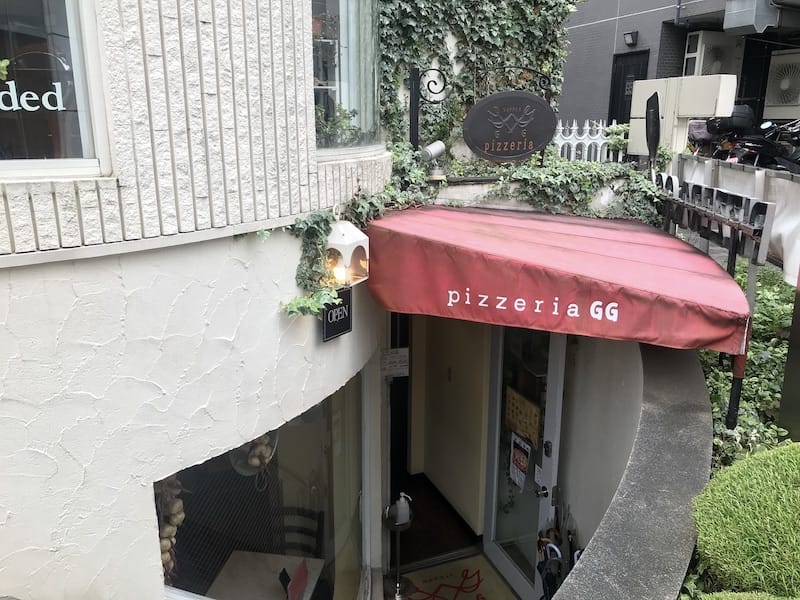
He and Nakamura returned to Japan in 2006 and took the plunge the following year, opening the first iteration of GG in Higashi-Nakano, a residential neighborhood west of Shinjuku. After building a steady stream of regulars, they moved to their present Kichijoji location in 2010 – the regulars followed suit – and in 2013 opened another branch in Kamakura, a seaside town just outside of Tokyo. With the exception of New Year’s Day and a bimonthly deep-cleaning day, they are open all year; this is quite impressive, as most businesses regard the New Year holidays as sacrosanct.
Tokyoites are now spoiled for choice when it comes to excellent pizza, particularly those of the “Tokyo Neapolitan” school which includes places like Seirinkan, Strada, Savoy and Pizza Studio Tamaki. This wasn’t the case back in 2007. At the time, most pizzerias also served pasta, and were closer in practice to trattorias. Kohno and Nakamura recall the way customers would come in and ask for pasta, and then leave when they were offered pizza.
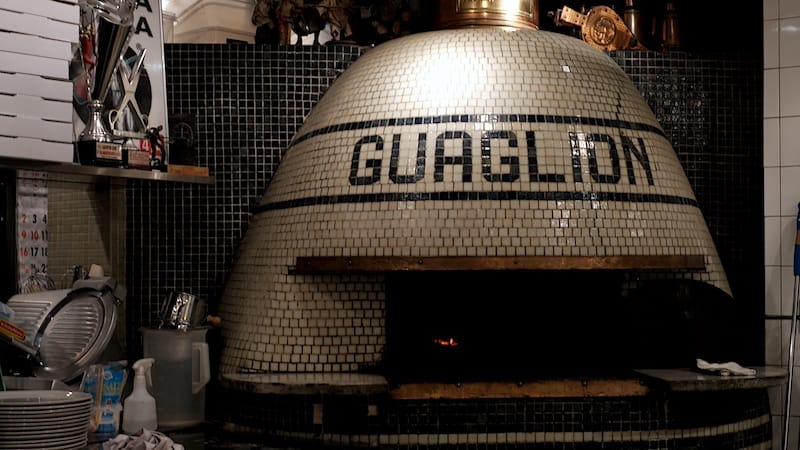
But their years in Naples clearly paid off, with their pizza quickly winning over skeptical Tokyo diner. GG’s pizza is classically Neapolitan: a nicely charred, flavorful thin-but-not-too-thin crust with a pleasantly elastic chew. There’s a respect for the dough, but not the hyperbolic reverence of some of the more famous shops in town – and that’s okay. Not only do the pizzas here hit the spot, they also managed to make it into the 50 Top Pizzas in Asia-Pacific for 2022.
Some places in town give you a choice of only two pizzas. (We’re looking at you, Seirinkan.) Fortunately, there’s a pizza for everyone at GG. We try the Capricciosa – mozzarella, basil, black olives, ham – which disappears into our stomachs all too rapidly. We also scarf down the Poporo, a creation for those in the “more is more is more” toppings camp – basil, salami, mushrooms, cherry tomatoes, olives, oregano and garlic oil are stacked high and slide right off the slice if you’re not careful. Only our appetites prevent us from ordering a third pie, but now we know where to eat pizza in Kichijoji when we’re in the neighborhood, so we’ll be back soon to try another.
What we don’t know is why they called themselves GG. So we ask.
“Well,” Kohno begins. “There’s the [Neapolitan] word guaglion[e], which means ‘boy.’ It has two Gs, but they’re both silent. Soft, I should say. In Japan, [back when we started], pizzerias are rare, but they’re normal in Naples. So… we wanted to express the idea that we have pizza in Japan too. We’re here, like the silent ‘G.’” Kohno pauses, then continues. “It would have been difficult to actually call ourselves ‘Guaglion.’ It’s completely unmemorable. Nobody would have been able to remember us.”
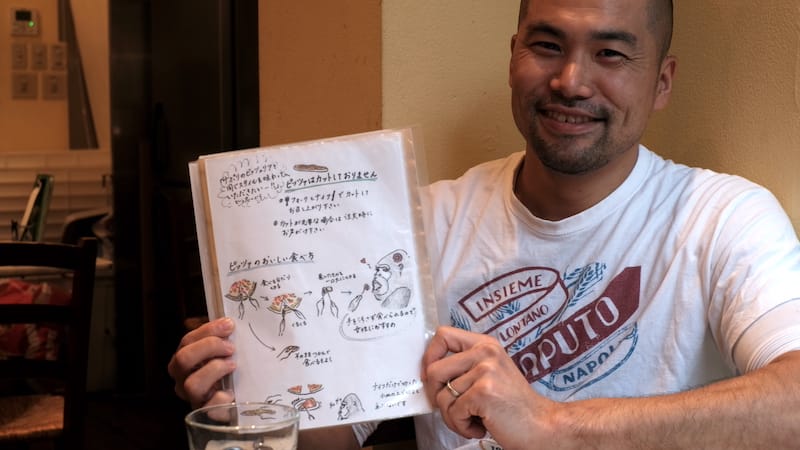
We wonder if he’s heard Lil Wayne’s lyric about “real Gs moving in silence like lasagna,” but decide against further complicating our chat. It’s been 45 minutes, and the well of conversation is drying up. We ask him why there’s a drawing of a gorilla on the menu.
“Gorilla,” says Kohno, looking at the menu as though he’s just seen it for the first time. “Well, I look like a gorilla, don’t I?” At my slightly dumbfounded look, he repeats, a huge grin breaking out on his face, “I look like a gorilla!”
He tells me that his wife drew the cartoon. We laugh, and some of the awkwardness melts away. “The GG could stand for anything, you know. Like this gorilla.”
Florentyna LeowFlorentyna Leow
Published on December 06, 2022
Related stories
April 18, 2024
Trips-Page-TestMexico City has a complex and fascinating cultural identity: it is a place where pre-Hispanic, Colonial, and contemporary influences collide in a riot of street food, and bustling markets. Here, the Aztec ruins of the city aren’t just buried under the surface, they become a backdrop to a thriving, ever-changing metropolis, a microcosm of many…
April 4, 2024
LisbonQuick Bite: On this food tour in Lisbon, we’ll experience a cultural feast, tasting some of the most diverse bites of the city’s gastronomy and meeting the people behind them. The oldest city in Western Europe, once the hub of a trading empire that connected Macau in the east to Rio de Janeiro in the…
February 28, 2024
Food Tours NDQuick Bite: This full-day Istanbul market tour draws from our best-of list in the European side’s Karaköy neighborhood and the Asian Kadıköy, tied together by a Bosphorus crossing, visiting two markets on two continents. Our favorite Istanbul experiences include exploring the eateries in local markets and crossing the Bosphorus on the public ferry. The route for…







































